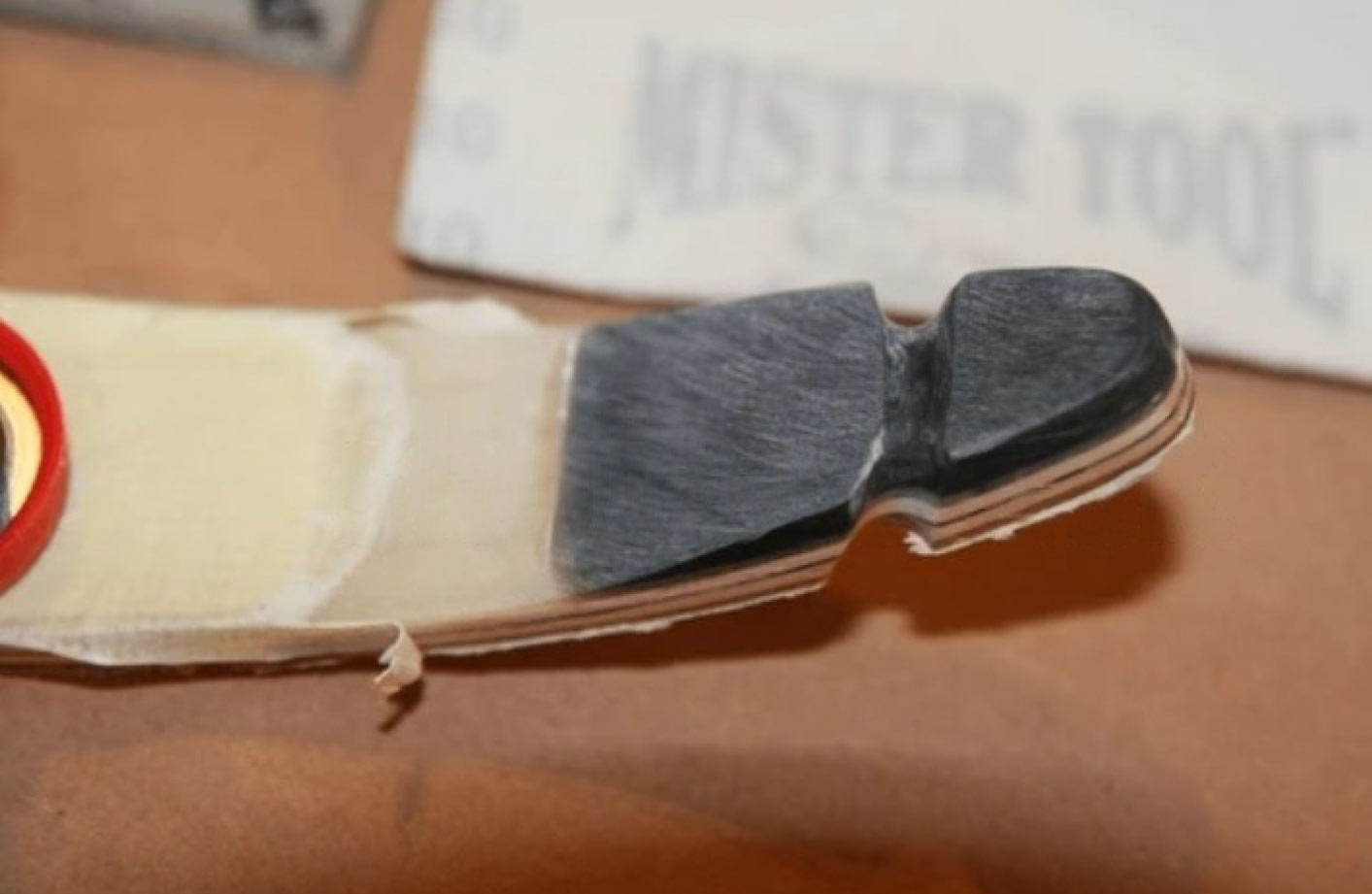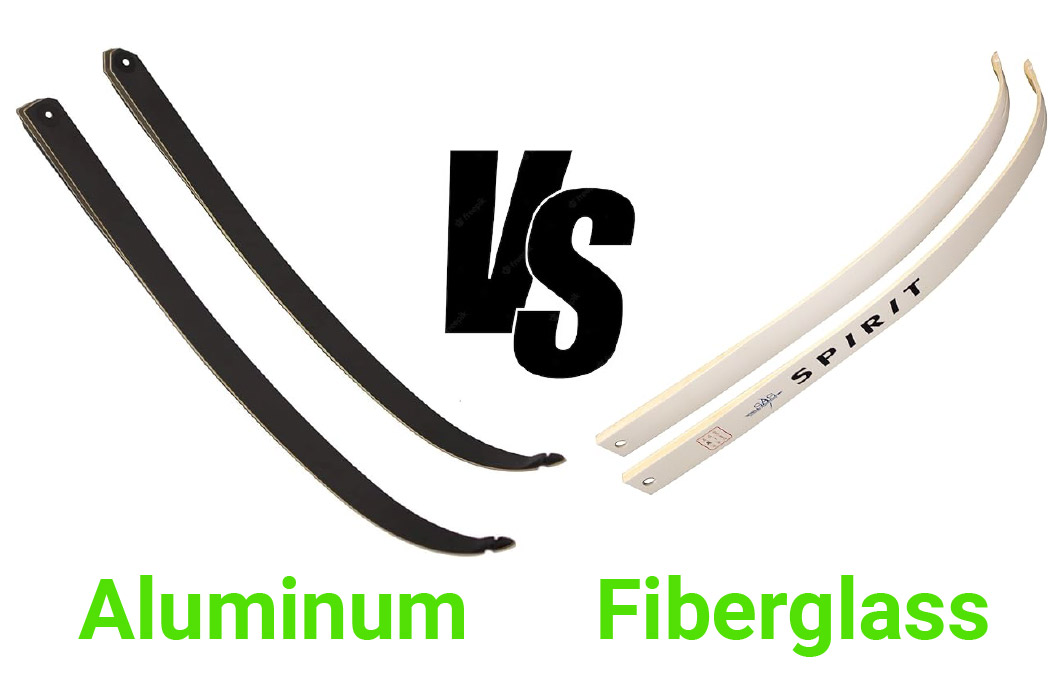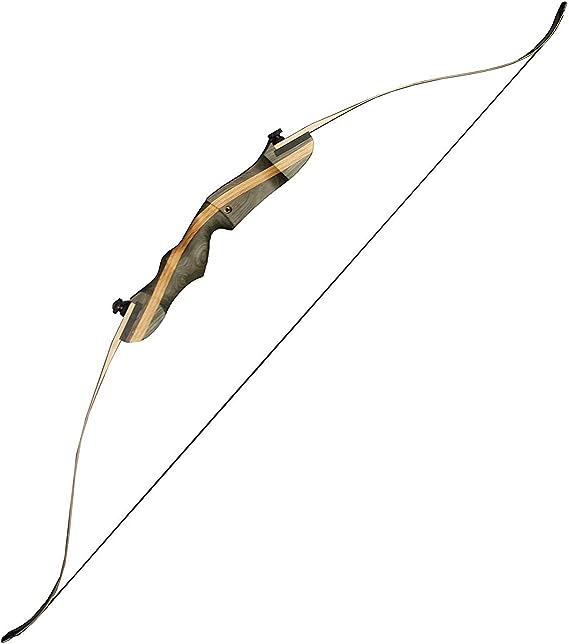Hunting is a timeless pastime that people have enjoyed for centuries. It’s an exciting and challenging sport that requires skill, patience, and dedication. One of the most important decisions you’ll make as a hunter is choosing the right bow.

There are many types of bows available, but two of the most popular are the recurve bow and the compound bow. Both have their unique features and advantages, but which one is better for you?
We’ll break down the key distinctions between a recurve vs compound bow to help you pick the one that’s best for you.
Explanation of Recurve VS Compound Bows:
A recurve bow is a traditional bow that has a simple design consisting of a curved piece of wood or other material with a string attached to both ends.
Recurve bows are generally lightweight and easy to maneuver, making them a popular choice among hunters who value mobility and simplicity.
A compound bow, on the other hand, is a more modern bow that uses a complex system of pulleys and cables to reduce the amount of force needed to hold the bowstring at full draw.
Compound bows are known for their accuracy, speed, and power, making them a popular choice among hunters who want to take down larger game.
Recurve Bow:
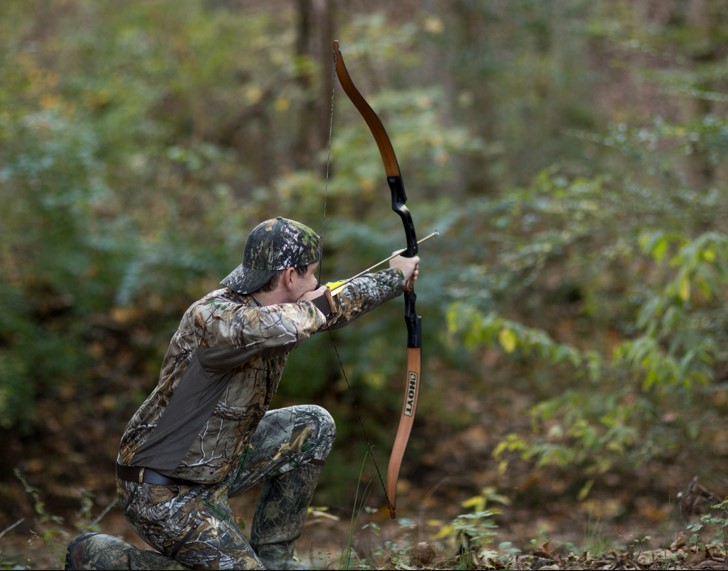

Description of the Recurve Bow: Recurve bows are simple in design, consisting of a curved piece of wood or other material with a string attached to both ends.
They are usually lighter in weight and more maneuverable than compound bows, making them ideal for hunters who value mobility and simplicity.
Advantages of Using a Recurve Bow for Hunting
Recurve bows are ideal for hunting small game and birds. They are quieter than compound bows, which makes them an excellent choice for hunters who prefer stealth.
Recurve bows are also easy to maintain and repair, and they do not require a lot of accessories or additional equipment.
Disadvantages of using a recurve bow for hunting
Recurve bows require a higher level of skill to use effectively than compound bows. They have a lower draw weight, which makes them less powerful and less accurate over long distances. They require more physical strength to use, which may limit their use for some hunters.
Compound Bow:
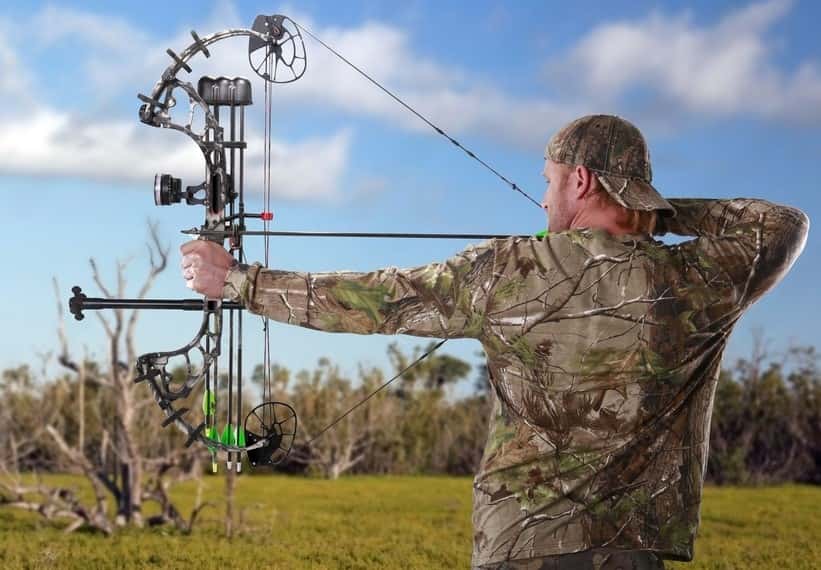

Description of the Compound Bow:
Compound bows use a complex system of pulleys and cables to reduce the amount of force needed to hold the bowstring at full draw.
They are heavier and bulkier than recurve bows, but they offer greater accuracy and speed, making them ideal for hunting larger game.
Advantages of using a compound bow for hunting:
Compound bows are more accurate and powerful than recurve bows, making them ideal for hunting larger game at longer distances. They are also easier to use than recurve bows, requiring less physical strength and skill to operate effectively.
Disadvantages of using a compound bow for hunting:
Compound bows require more maintenance than recurve bows, and they are generally louder, which may spook some game. They are also more expensive and require more accessories and equipment than recurve bows.
The setup process for a compound bow can be more time-consuming and complex, especially for beginners.
Differences Between Recurve VS Compound Bow for Hunting
Hunting with a bow is an ancient practice that requires skill, patience, and precision. In modern times, there are two main types of hunting bows: recurve bows and compound bows.
Both have their advantages and disadvantages and knowing the differences between them can help hunters choose the right one for their needs.
The Traditional Charm of Recurve Bows for Hunting
For thousands of years, hunters and warriors have both used recurve bows as their primary bow type. They are made of a single piece of wood or composite material with a curved shape that stores energy when the bow is drawn back.
Recurve bows require a high degree of skill to use, as they have a relatively short draw length and no let-off, meaning that the full weight of the draw must be held by the archer throughout the shot.
However, they are lightweight, easy to maneuver, and have a relatively low noise level, making them ideal for close-range hunting in dense cover.
The Modern Advancements of Compound Bows for Hunting
Compound bows, on the other hand, are a more recent development, first introduced in the 1960s. They are made of a combination of materials, including metal, carbon fiber, and synthetic materials, and feature a system of pulleys and cables that reduce the draw weight by up to 80%.
This allows the archer to hold the bow steady for longer periods of time and take longer shots with greater accuracy.
Compound bows also have a higher arrow speed, which translates to better penetration and a flatter trajectory.
However, they are heavier, more complex, and can be noisier than recurve bows, making them less ideal for some hunting situations.
Factors to Consider When Choosing Between a Recurve and Compound Bow:
Skill Level:
Recurve bows require more skill to use effectively, while compound bows are easier to use and require less physical strength.
Purpose of Hunting:
The type of game you intend to hunt and the distance at which you plan to shoot will influence the type of bow you select.
Personal Preference:
Personal preference plays a significant role in selecting a hunting bow. Some hunters prefer the simplicity and tradition of a recurve bow, while others prefer the speed and accuracy of a compound bow.
Budget:
The cost of the bow and associated equipment is also a factor to consider when choosing between a recurve and compound bow.
Recurve vs Compound Bows: A Comparison of Features and Differences
Here’s a chart comparing some of the key features and differences between recurve VS compound bow:
| Feature | Recurve Bow | Compound Bow |
|---|---|---|
| Description | A large game at longer distances | Modern design with pulleys and cables |
| Power | Less powerful, lower draw weight | More powerful, higher draw weight |
| Accuracy | Less accurate at longer distances | More accurate at longer distances |
| Ease of Use | More difficult to use effectively | Easier to use and more forgiving |
| Skill Level Required | Requires more skill and physical strength | Easier to use and requires less physical strength |
| Purpose of Hunting | Ideal for hunters who value mobility and stealth | Ideal for hunters who need power and accuracy at longer distances |
| Personal Preference | Personal preference for traditional design and simplicity | Personal preference for modern design and ease of use |
| Stealth | Quieter due to simple design | Louder due to pulley system |
| Mobility | Lightweight and maneuverable | Heavier and less maneuverable |
| Cost | Less expensive | More expensive |
| Maintenance | Less maintenance required | More maintenance required |
| Ideal Game | Small game and birds | Louder due to the pulley system |
Is a compound bow quieter than a recurve bow?
When it comes to choosing a bow for hunting, one of the most important considerations is the noise level. The last thing you want is to spook your prey before you even take aim.
So, the question is, which type of bow is quieter: a compound or a recurve bow?
The simple answer is that it depends on the specific bow and how it is set up. However, there are some general differences between the two types that can affect their noise level.
Comparing the Noise Level of Recurve Bows and Compound Bows for Hunting
Recurve bows are generally considered to be louder than compound bows. This is because they tend to vibrate more upon release, which creates more noise. Recurve bows often have longer limbs, which can also contribute to more noise.
On the other hand, compound bows are designed to be quieter. They have a system of pulleys and cables that helps reduce the amount of vibration upon release. They often have shorter limbs, which can further reduce the noise level.
Factors That Affect the Noise Level of Recurve and Compound Bows During Hunting
That being said, there are many factors that can affect the noise level of both types of bows. For example, the weight and design of the arrows can make a difference, as can the type of rest and string silencers used. The skill and technique of the shooter can also play a role in minimizing noise.
Which bow type is more accurate?
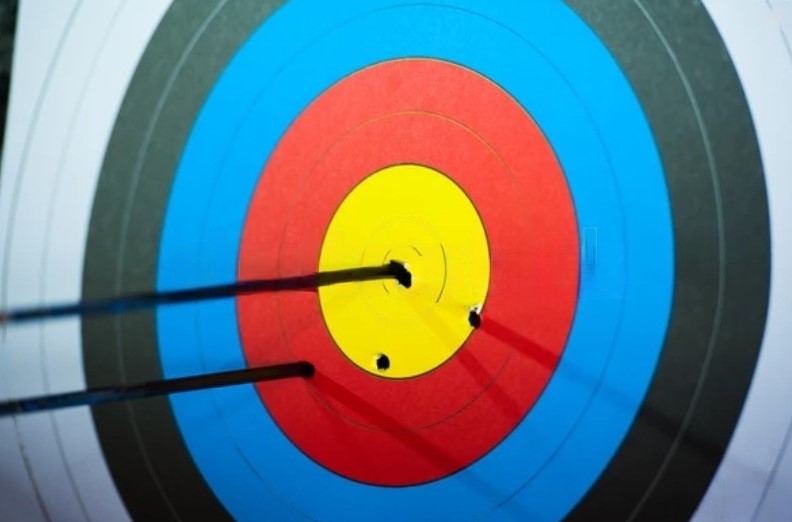

The skill and precision required for accurate shooting with recurve bows
Recurve bows have been around for centuries and are typically used in Olympic archery. They have a simpler design and are made up of just the bow, string, and arrow rest.
Recurve bows rely on the archer’s technique to generate force and speed to propel the arrow accurately toward the target.
This means that the accuracy of a recurve bow is entirely dependent on the skill of the archer. A recurve bow can deliver accurate shots, but it takes a lot of practice and perfect technique to achieve this.
The Benefits of Using a Compound Bow for Archery and Hunting
Compound bows are a relatively new addition to the world of archery. They have a more complex design, featuring a system of pulleys and cams that reduce the amount of force needed to hold the bowstring at full draw.
This allows the archer to hold the bow steady for longer periods, resulting in greater accuracy.
The compound bow’s design also reduces the effect of external factors such as wind, making it easier to aim and shoot accurately.
How much more expensive is a compound bow than a recurve bow?
In general, compound bows are more expensive than recurve bows. The reason for this is that compound bows have a more complex design that includes cables, pulleys, and cams, which makes them easier to shoot and more accurate.
They also have a higher draw weight and can shoot arrows at higher speeds, making them ideal for hunting and competitive archery.
Recurve bows, on the other hand, have a simpler design with a curved shape that stores and releases energy more efficiently.
They require more skill to shoot accurately and are generally less powerful than compound bows, but they have the advantage of being lighter and easier to carry around.
The price difference between the two types of bows can vary depending on the brand, model, and specifications.
A good-quality beginner recurve bow can be found for around $100 to $200, while a comparable compound bow can cost upwards of $500 to $1000 or more.
Some Frequently Asked Questions about Recurve vs compound bow
Q: Which type of bow is better for hunting larger game?
A: Many hunters prefer compound bows for hunting larger game due to their greater speed and power. Some experienced hunters are able to take down large game with a recurve bow as well.
Q: Do recurve bows or compound bows require more maintenance?
A: Generally speaking, compound bows require more maintenance due to their more complex design and a greater number of moving parts. Recurve bows are simpler and require less maintenance, making them a good choice for beginners or those who prefer a low-maintenance option.
Q: Is it more difficult to learn to shoot a recurve bow or a compound bow?
A: Both types of bows require practice and skill to shoot accurately, but many people find that it is easier to learn on a recurve bow due to its simpler design.
Q: Can I switch between recurve and compound bows for hunting?
A: Yes, you can switch between recurve and compound bow for hunting. However, it may take some time to adjust to the different bows’ weight, feel, and handling.
Conclusion
Both recurve and compound bows have their unique advantages and disadvantages when it comes to hunting. Recurve bows are simple, lightweight, and quiet, making them ideal for small-game hunters who value mobility and stealth. Compound bows are more powerful, accurate, and easier to use, making them ideal for larger game and longer distances.
The choice between a recurve or VS compound bow will depend on your skill level, the type of game you plan to hunt, and your budget. It is important to do your research, try out both types of bows if possible, and select the one that feels most comfortable and effective for your hunting needs.


